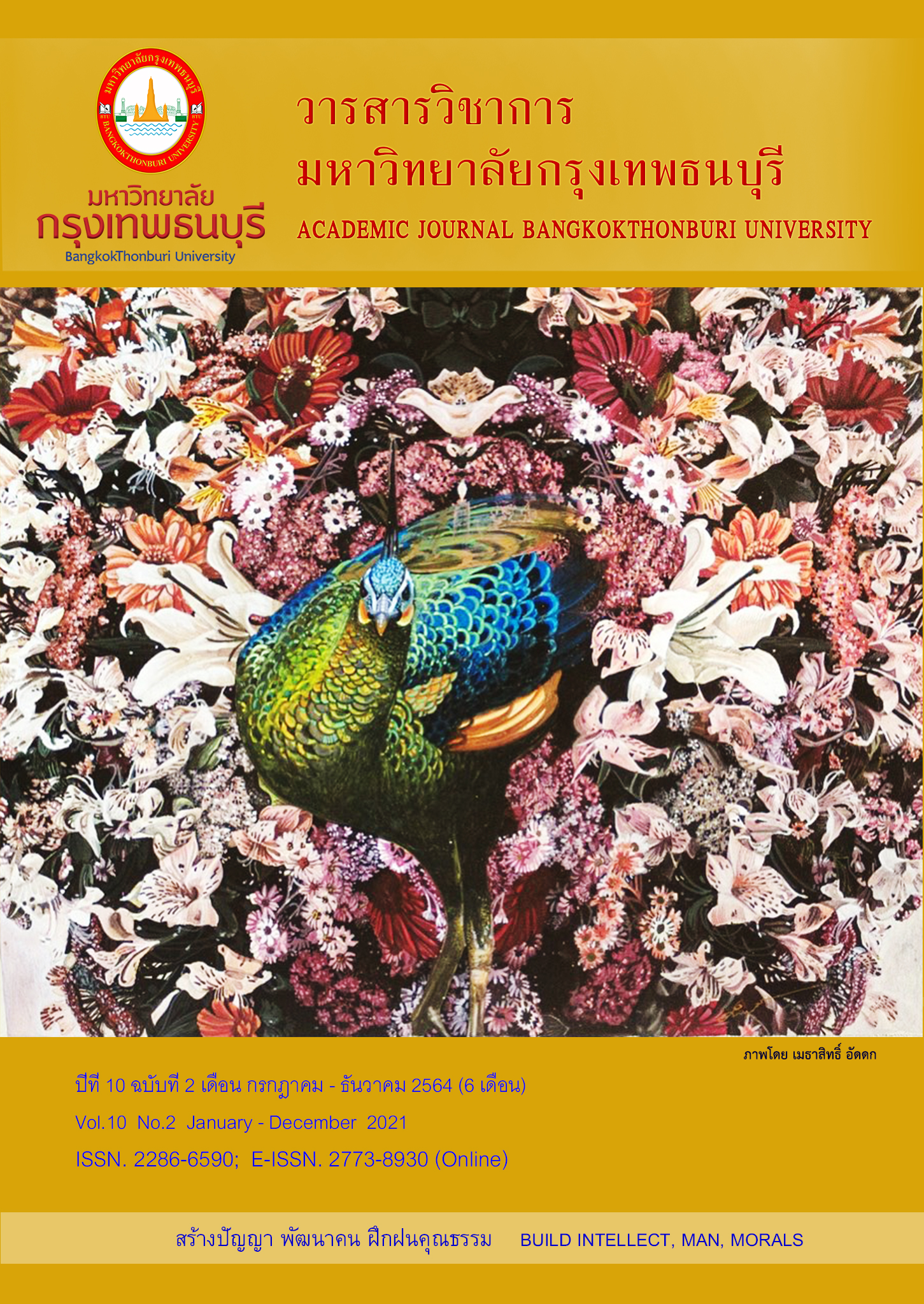Mobile Technologies for Education: Attitudes to Social Media
Main Article Content
Abstract
The propose of research for survey attitude of students in using social media which is past of mobile technology. for propose of education to have a deeper and more comprehensive understanding of Using social media in education using a samples 202 university students. Descriptive Survey. Using a Likert survey, 5 levels of satisfaction and semi-structured interview. Used for study the results indicate that students have a high level of opinion on the use of social media and support the use of social media for educational purposes.
It is true that mobile technologies are growing day by day and as part ofthey are becoming more and more integrated into everyday lives of people of allages. One of the reasons of their growing popularity is because they serve differentneeds of individuals. Since mobile technologies have gained importance andbecome a powerful asset, different uses of them and their integration in educationhave become a question of many researches in the field. To have bettercommunication and reach the new generation integrating technology toeducation programs is among these questions. More importance is attributed totechnology enhanced teaching and learning activities than in the past. In thisregard, as part of mobile technologies, social media has also become moresignificant. One of the descriptions of social media is platforms where studentshave constant access to information. Within the education context, it has becomeprominent that not only social media provides constant access to information, but italso supports students by allowing them to share content, collaborate and supportlearning.
Article Details
References
language learning through online social networks. Asian-Pacific Journal of
Second and Foreign Language Education, 1(1), 4.
Al Shekaili, B. (2016). Investigating teachers’ actual levels of use of WhatsApp application
with English foundation and credit program students at Sultan Qaboos University
in Oman. Journal of Teaching English for Specific and Academic Purposes,
4(1), 39-48.
Asiksoy, G. (2018). ELT Students’ Attitudes and Awareness Towards the Use of Web 2.0
Technologies for Language Learning. Journal of Language and Linguistic Studies,
14(2), 240-251.
Ay, T. S., & Deveci, H. (2016). Ways of Using Internet by Classroom Teachers in Social
Studies Course. Journal of Education and Future, (9), 31-48.
Balaman, U., & Sert, O. (2017). Development of L2 interactional resources for online
collaborative task accomplishment. Computer Assisted Language Learning, 30(7),
601–630.
Balci, A. (2004). Sosyal bilimlerde arastırma yontem. teknik ve ilkeler (Dorduncu Baskı)
Ankara: Pegema Yayıncılık.
Barrot, J. (2016). Using Facebook-based e-portfolio in ESL writing classrooms: impact and
challenges. Language, Culture and Curriculum, 29(3), 286–301
Cohen, L. M., & Manion, L. (2001). l. & Morrison, K. (2007). Research methods in
education, 6.
Cakir, R., & Solak, E. (2014). Exploring the factors influencing e-learning of Turkish EFL
learners through tam. TOJET: The Turkish Online Journal of Educational
Technology, 13(3).
Grant, S. (2016). Peer review process completion rates and subsequent student
perceptions within completely online versus blended modes of study. System,
62(1), 93-101.
Greenhow, C., & Askari, E. (2017). Learning and teaching with social network sites:
A decade of research in K-12 related education. Education and information
technologies, 22(2), 623-645.
Hamutoglu, N. B., Savasçı, M., & Sezen-Gultekin, G. (2019). Digital Literacy Skills and
Attitudes towards E-learning. Journal of Education and Future, (16), 93-107.
Huffman, K. (2017). Web 2.0: Beyond the concept practical ways to implement RSS,
podcasts, and Wikis. Education Libraries, 29(1), 12-19.
Karademir, T., Erdogdu, F., & Gokcearslan, S. (2017). Two Birds with One Stone:
Enhancing Technology Perception with Peer Interaction using Web 2.0.
Journal of Education and Future, (11), 111-136.
Karaman, S., Yıldırım, S., & Kaban, A. (2008). Ogrenme 2.0 yaygınlasıyor: Web 2.0
uygulamalarının egitimde kullanımına iliskin arastırmalar ve sonuçları.
XIII. Turkiye’de internet Konferansı Bildirileri, 35-40.
Lai, A. (2016). Mobile immersion: an experiment using mobile instant messenger to
support second-language learning. Interactive Learning Environments, 24(2),
277-290.
Liu, M., McKelroy, E., Kang, J., Harron, J. & Liu, S. (2016). Examining the Use of Facebook
and Twitter as an Additional Social Space in a MOOC. American Journal of
Distance Education, 30(1), pp. 14-26.
Ma, Q. (2017). A multi-case study of university students’ language-learning experience
mediated by mobile technologies: a socio-cultural perspective. Computer
assisted language learning, 30(3-4), 183-203.
Manca, S., & Ranieri, M. (2016). Facebook and the others. Potentials and obstacles of social
media for teaching in higher education. Computers & Education, 95, 216-23.


